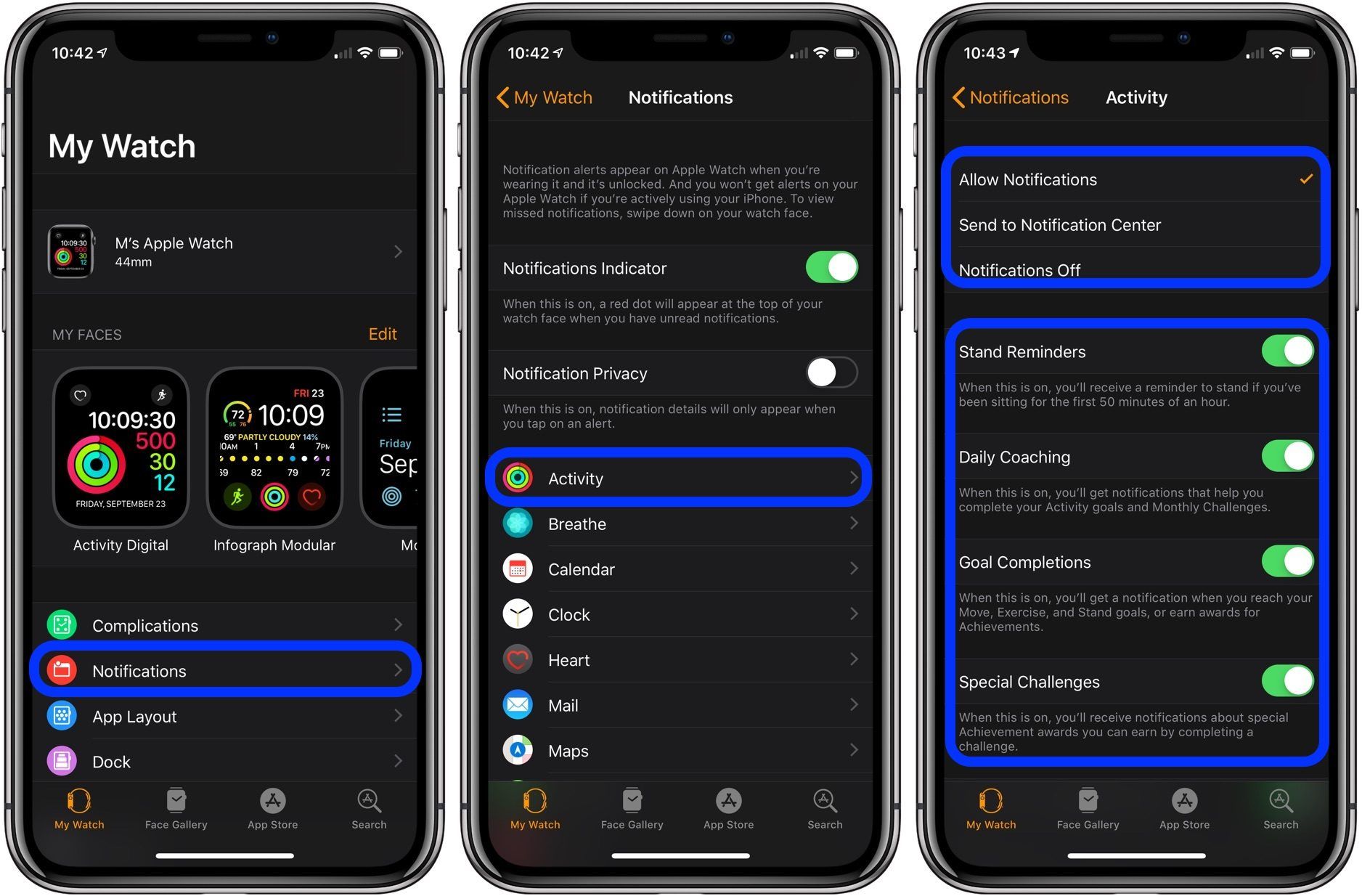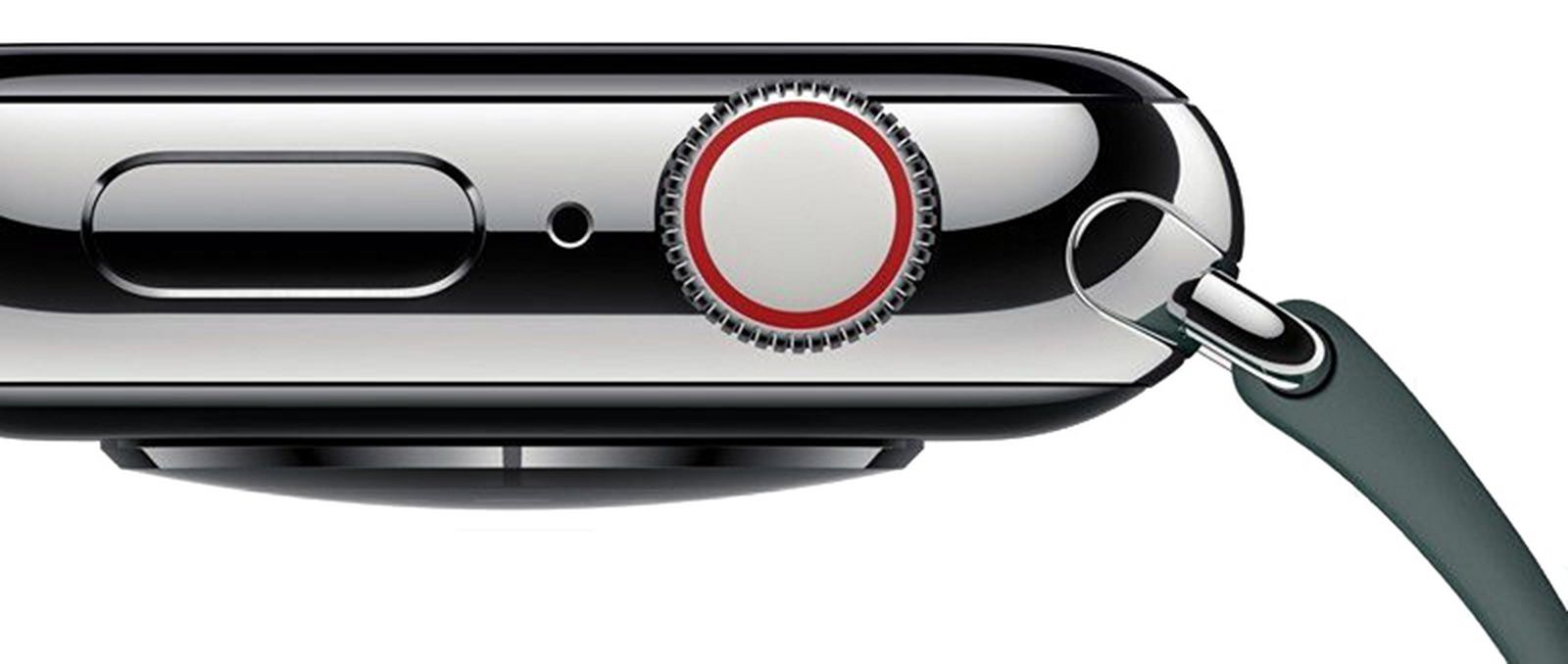

In truth, the Series 1 is, in many ways, a Series 0 - just with a new S1P processor that vastly improved on-device performance.

As a result, the Series 1 and Series 2 arrived and may have ended up complicating the lineup further despite trimming down the casing options. Here’s where things get a little more complex, as Apple opted to revamp the Series 0 not once, but twice. Apple Watch Series 1 & Series 2 - September 16, 2016 This marked the only time an Apple Watch was revealed in April, before moving to a Q3 announcement/release cadence that falls more closely in line with the iPhone.Īt the time, we noted the impressive build quality and iPhone integration but were disappointed in the lack of GPS and slow performance of the S1 chip. It was a nicely animated feature, but its utility was limited, and the feature was axed by the time watchOS 5 arrived. One of watchOS 2’s most bizarre features was Time Travel, which would let you see upcoming appointments by rotating the digital crown. It wasn’t until watchOS 2 that we got photo watch faces, the now default nightstand mode for charging, and the option to use third-party complications.

If you went wild in 2015 and preordered many bands, you can still use them today.Īpple Watch Series 0 saw two significant OS releases, with the first version of watchOS launching with 9 watch faces and 20 stock apps but limited complication support. There’s a rounded square (sometimes known as the squircle) OLED display, the digital crown, and an array of swappable bands that persists to this day. The original Apple Watch, dubbed the Series 0, actually wasn’t all that different to look at from the Apple Watch we have today.


 0 kommentar(er)
0 kommentar(er)
